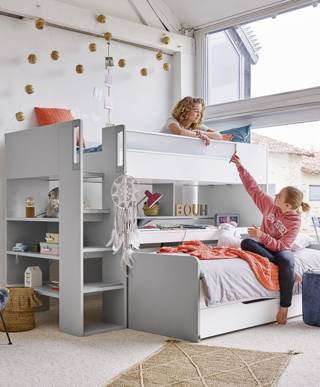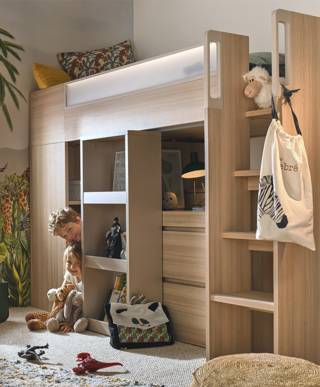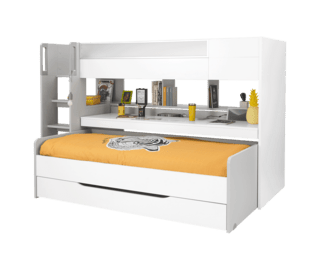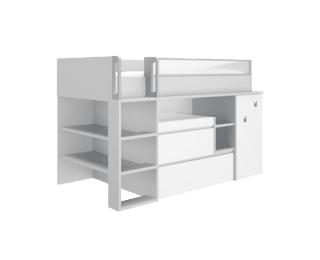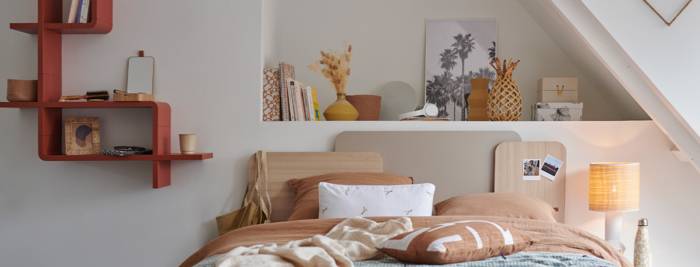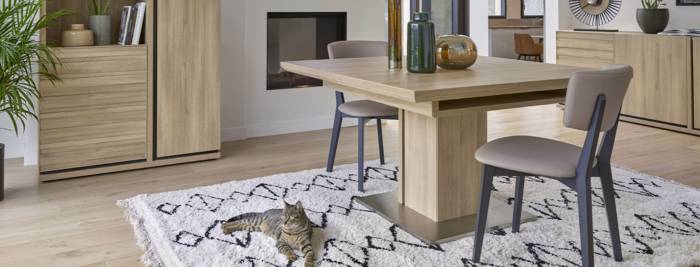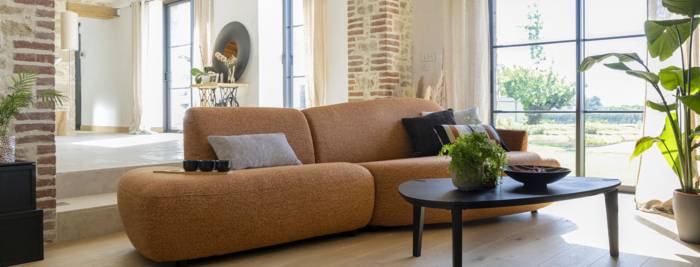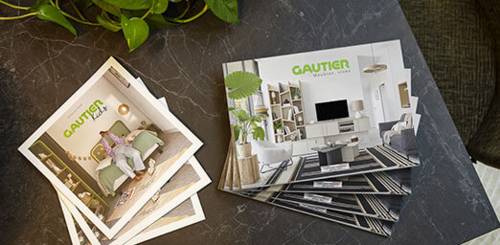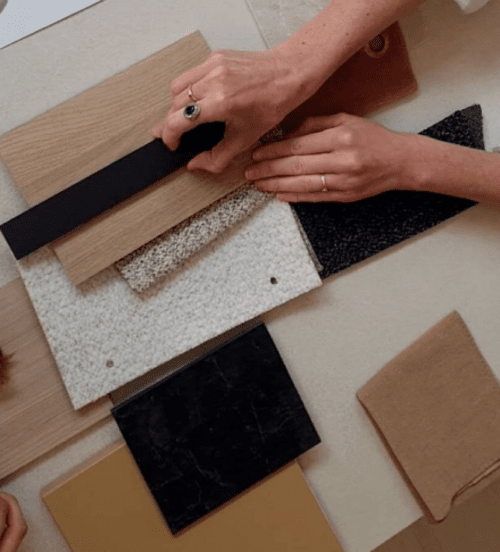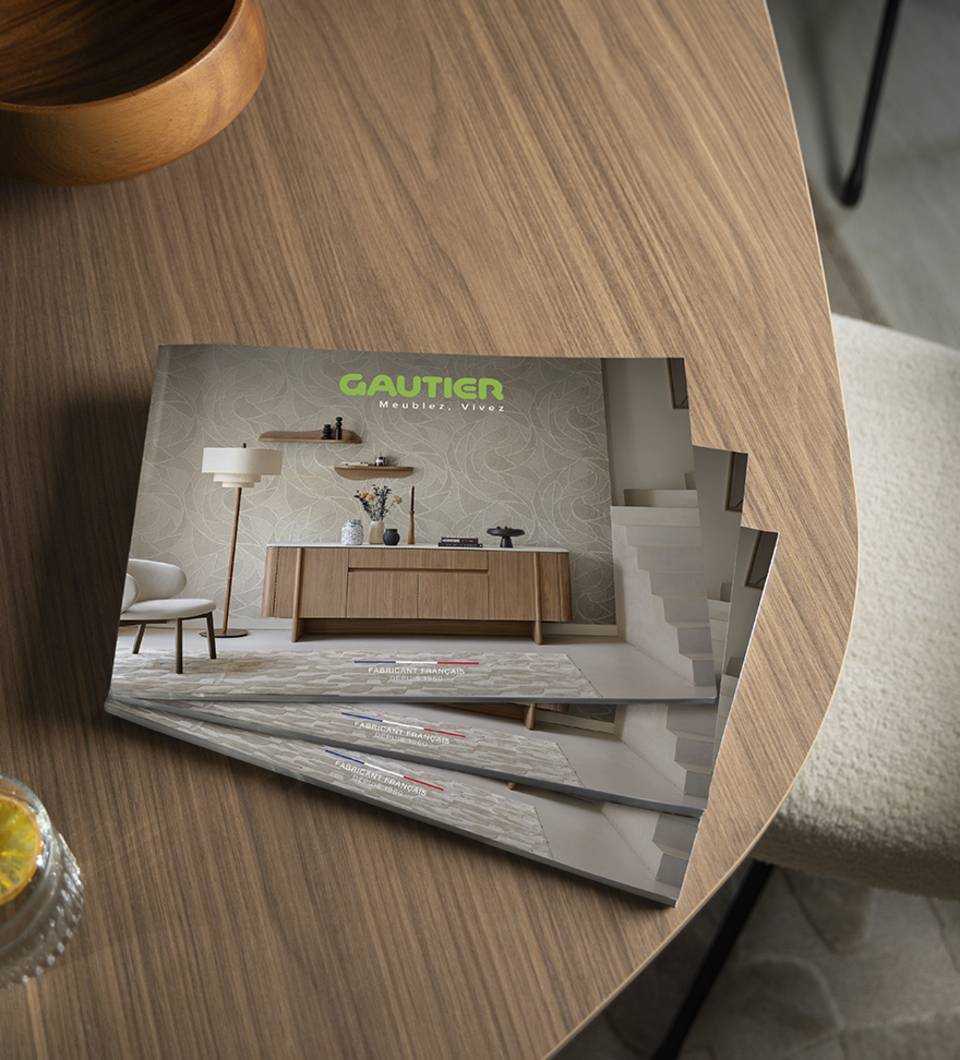Interior designers' advice
Furnishing a bedroom for 2 children: our hints and tips
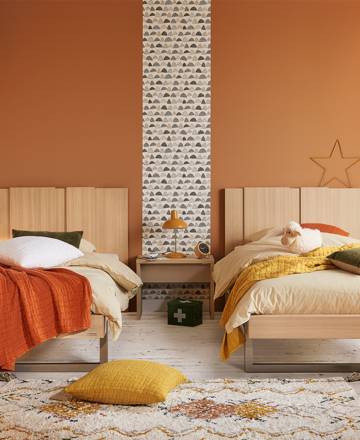
Do you have more children than bedrooms, or would you just like to free up one of the bedrooms to turn it into a playroom? Don't panic! Rather than embarking on major building work or moving house, consider putting your children together in a shared bedroom. Follow our advice to create a cosy and comfortable bedroom that retains private spaces for each child.
Go for space-saving beds
Whilst it's always good to have a spacious and comfortable space to sleep, there are ways to reduce a bed's footprint and save space in a bedroom for two children. Go for unusual, ingenious solutions such as mezzanine beds or bunk beds. High-level solutions mean you can make the most of the space in the bedroom without taking up too much surface area. Clever!

Mezzanine beds
You don't necessarily need a high ceiling to install mezzanine beds for your children. These days, they come in all sorts of heights. Providing high-level beds for your children frees up floor space so you can add storage for their clothes, or maybe add desks. What's more, with two distinctly separate spaces in the same bedroom, your children don't necessarily have to both be doing the same activities at the same time. For example, one child can be quietly reading a book on their bed, whilst the other can be doing their homework. So practical!
Bunk beds
Bunk beds are often popular with children as they enjoy sharing a piece of furniture that belongs to them both, but each with their own personal space. Choose high quality bunk beds made from sturdy materials to keep your children safe, as they will also play and have fun on these beds throughout the day as well as sleeping on them at night. For even more privacy, putting up curtains is a great idea so that each child is in their own little bubble.
Pull-out beds
Pull-out beds are a great space-saving idea, especially if the second child is not there every night. It's also a practical solution for occasional sleepovers. The spare bed is hidden underneath, sliding out to appear as if by magic. Children can easily sleep side-by-side in the same bedroom and tidy the spare bed away in the morning to create plenty of space to play.
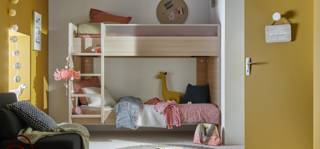
Separate spaces for sharing a bedroom
A shared bedroom must have clearly defined areas so that your children can create their own personal space to let their creativity run wild and express their personality.
There are several options for defining these two spaces: split the room in two using a glazed panel, screen, curtain or voile. Decoration is also important. For example, go for two headboards in different colours or choose two – or even three – paint colours for the walls. This will instantly identify communal areas and distinguish them for individual spaces.
You could also consider choosing bedding in contrasting colours, and why not even different colours on the floor – or at least distinctive rugs – to make the separation even clearer. Invite your children to decorate the walls above their headboards with their choice of picture or poster, or use adhesive letters to write their name above their headboard and help them make their side of the bedroom their own.

Wallpaper or paint for partitioning spaces
If you like wallpaper, you may want to choose a 'strong' pattern like the ones from the Gautier collection. Simply positioned between the two beds, your wallpaper will create a visual divide between the two spaces.
Separating the beds with a piece of furniture
A clever, stylish and practical way to separate a bedroom into two is to use a piece of furniture as a room divider. There are several different solutions, but purchasing a bookcase has the advantage of providing storage, or try positioning two desks facing each other or side by side so your children can work together.
You will need to think about lighting too. Add a range of different light sources to give each child the right amount of light they need depending on their activity. Customisable strings of lights can add a decorative touch and create soft lighting at bedtime. If you go for this option, complement this gentle light with bedside lamps which are really practical so that one child can read whilst the other is sleeping, for example.
Finally, in a shared bedroom for two children, it can be tempting to just buy two of everything, including furniture. Our space-saving tip – where possible, of course – is to choose furniture such as dressers, bookcases and tall chests with plenty of storage to create enough space for both children.
For even more inspiration, we have lots more furnishing ideas for creating practical and stylish bedrooms to suit children as well as teenagers!
